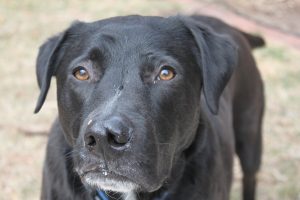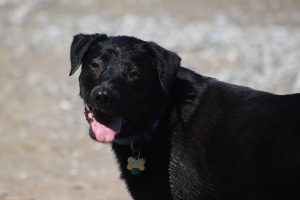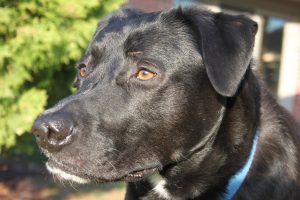Photographing Pets
Pets are one of my most favorite things to photograph- or rather, my dog, Jett, is one of my most favorite things to photograph. You may remember Jett from my post on how to edit an overexposed photo, where I edited a photo of him that was too bright. My friends and family can all attest to the fact that I’ve spent a lot of time and energy doing various photoshoots with Jett, like the fall-themed one I was doing when I took that overexposed photo. I wouldn’t call myself a professional petographer, but I’ve taken enough dog photos to have gathered some tips on how to work with them. Along with the tips, I’ll include some of my favorite photos of Jett, and, of course, the camera settings that were used.
Note: This post was written with dogs in mind, but these tips should work for other pets such as cats, rabbits, etc. Also, this post is not DSLR exclusive; the tips can also be applied when taking pet photos on a smartphone.
Have the background and props ready
This really goes for any photoshoot, but it’s still an important tip when it comes to photographing pets. I’ve found that dogs in particular don’t care to sit still for very long, or at least mine doesn’t. If you’re planning to have some props sitting around your pet, have them placed and angled properly so your pet can just sit and you can quickly snap some photos before they move. Be sure to check the background for unwanted objects as well, if you’re not using some sort of backdrop already (another important tip I also covered in my guide to taking photos on a smartphone).

*I edited this photo because it was overexposed, but the original settings were:
Shutter Speed: 1/160
F-stop: 5.6
ISO: 3200
Bribe your pet
It might take some extra convincing to get your pet to look right at the camera. If you’re having trouble, try holding up a treat or one of their favorite toys. Be sure to hold the treat or toy near the camera lens so your pet is looking directly at it, but be careful not to hold it in front of the lens itself. Be cautious when holding up a treat or toy- if your pet is anything like mine, they might jump up and try to grab it from you. Also, if your pet has a favorite person besides yourself, try having that person stand near you. My dad is Jett’s favorite person, so Jett is often willing to sit nicely and stare at my dad when he’s around. Again, if you’re using a person instead of a treat or toy, make sure you place them near the camera lens so your pet will be looking at it.

Shutter Speed: 1/320
F-stop: 5.6
ISO: 400
Take a burst of photos
This tip is another one that goes for various types of photos. Bursts are particularly helpful when photographing pets because your pet might only look at the camera for a split second. If you take a burst of photos, you just might capture the perfect photo somewhere in the burst. If you are using a DSLR, set the camera to shoot continuously. If you are using a smartphone, hold down the camera button to take a burst.

Shutter Speed: 1/250
F-stop: 5.6
ISO: 200
Prepare to be frustrated
Your pet may not want to sit still. Your pet may not want to look at the camera. Your pet may get up and walk away when you’re trying to get the perfect shot. Those are all things that have happened to me countless times during photo sessions with Jett. It’s extremely frustrating, but remember that pets don’t understand what you’re trying to do. Sometimes it’s helpful to take a break and try again later, whether it be in a few hours or on another day.

Shutter Speed: 1/640
F-stop: 5.6
ISO: 100
Try a change of scenery
Indoor photo sessions don’t always work out, and can sometimes be a little boring. If possible, get your pet outside and try to take some photos there. Jett has to be hooked onto a leash so he doesn’t run away, but I’ve gotten some great outdoor photos regardless. The lighting outside can be really nice as well, depending on the weather and time of day. Try experimenting with different weather and lighting for a variety of photos.

Shutter Speed: 1/200
F-stop: 6.3
ISO: 400
I hope these tips can help you take great photos of your pet(s)! Just keep practicing and experimenting with different backgrounds, props, and angles.
Leave a Reply